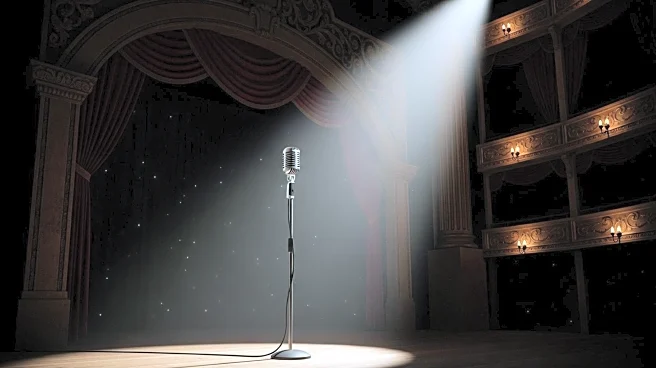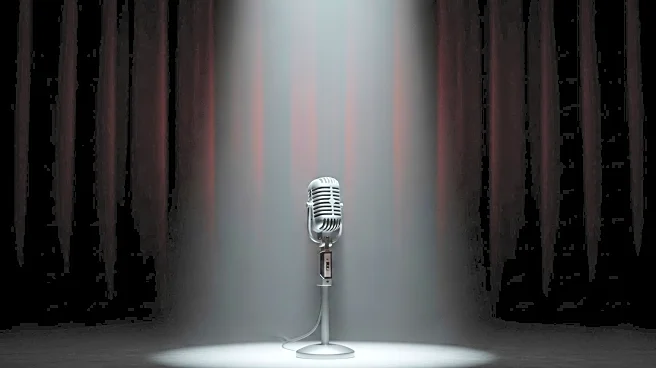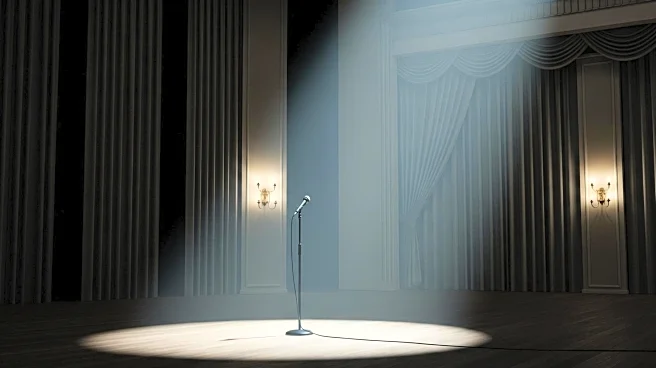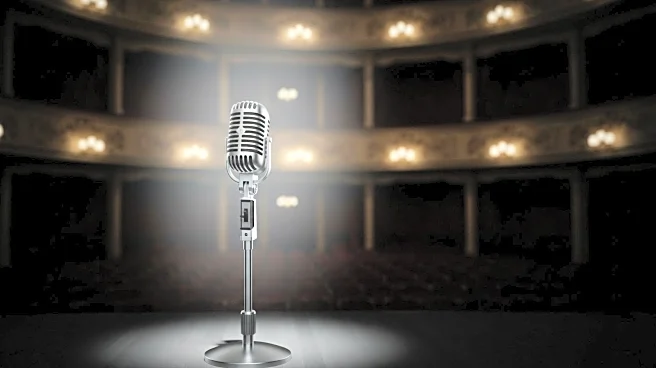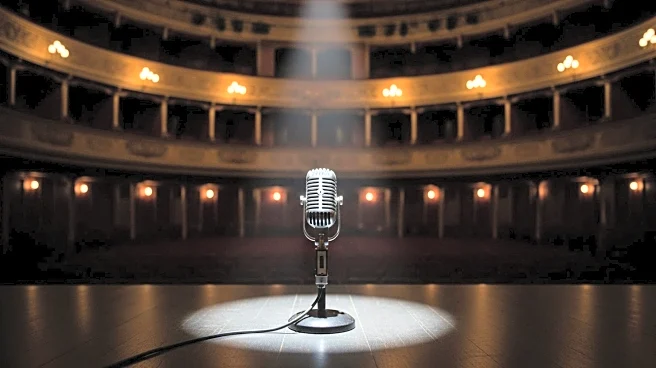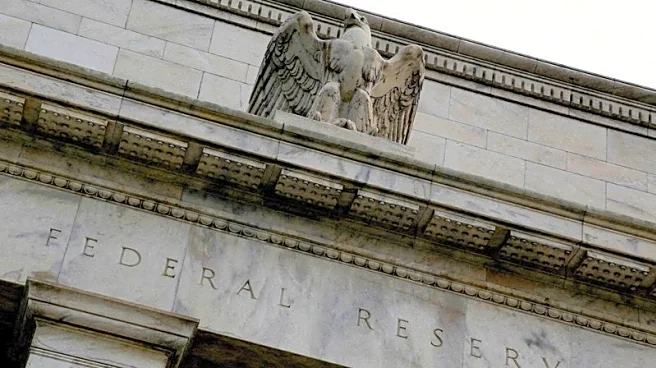What's Happening?
The Broadway revival of Cabaret, staged at the Kit Kat Club, is set to close earlier than planned, with its final performance now scheduled for September 21. Originally slated to end on October 19, the production has faced challenges in ticket sales, failing to cover its substantial running costs. The revival, which transformed the August Wilson Theatre into a Weimar-era Berlin nightclub, has been a success in London's West End but struggled in New York. Additionally, Billy Porter, who recently joined the cast as the Emcee, has withdrawn due to a sepsis diagnosis. Porter is expected to recover fully, and his role will be filled by alternates Marty Lauter and David Merino for the remaining performances. The production features Marisha Wallace as Sally Bowles, alongside a talented cast including Calvin Leon Smith and Steven Skybell.
Why It's Important?
The early closure of Cabaret highlights the financial pressures faced by Broadway productions, especially those with high production costs. Despite its success in London, the New York iteration struggled to attract enough audiences to sustain its expenses. This development underscores the challenges of maintaining large-scale theatrical productions in competitive markets. Billy Porter's illness also draws attention to the unpredictable nature of live performances, where cast changes can significantly impact a show's dynamics and audience appeal. The closure affects the cast, crew, and theater staff, as well as the cultural landscape of Broadway, which relies on successful shows to drive tourism and local business.
What's Next?
With the closure of Cabaret, the Kit Kat Club will cease operations as a Broadway venue, potentially opening opportunities for new productions to take its place. The theater community will likely focus on supporting Billy Porter's recovery, while producers may explore alternative strategies to recoup investments. The cast and crew will transition to new projects, and audiences may seek other entertainment options. The closure may prompt discussions on the sustainability of high-cost productions and the need for innovative approaches to attract audiences.
